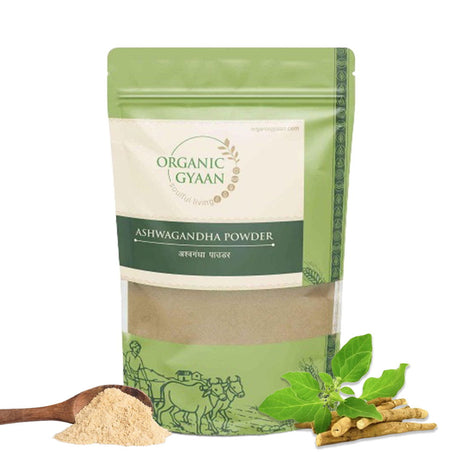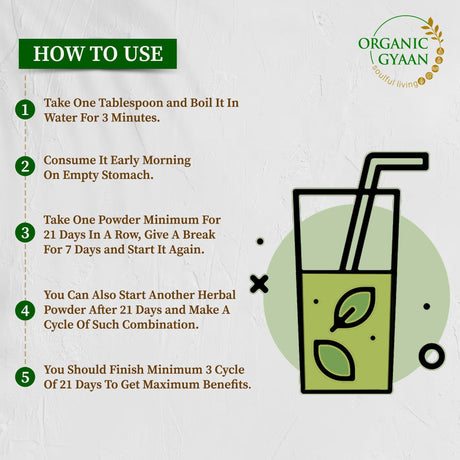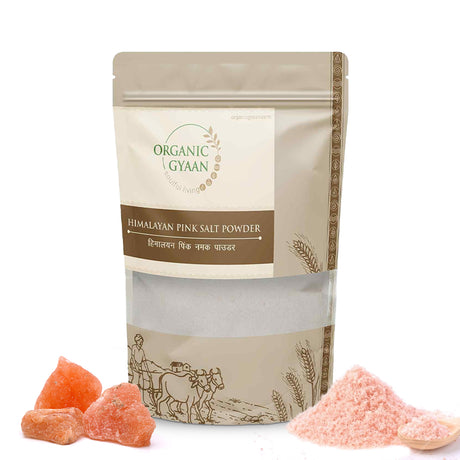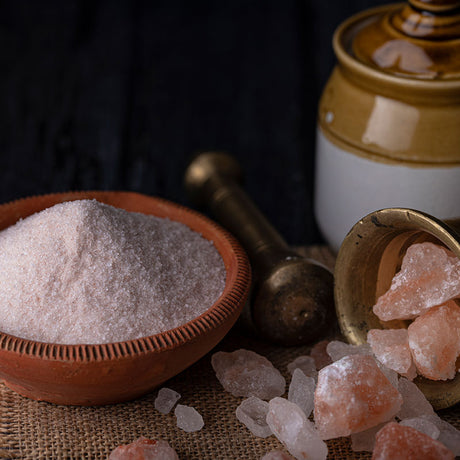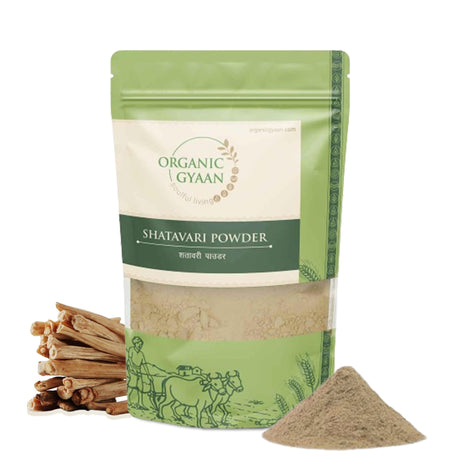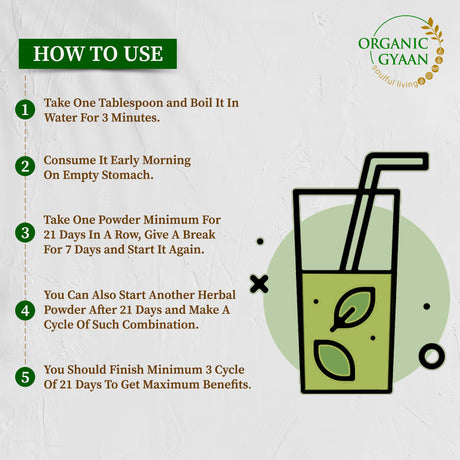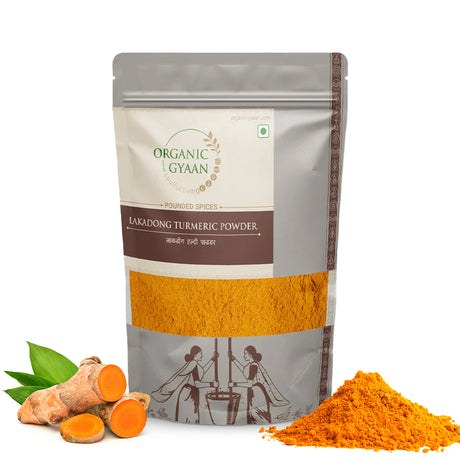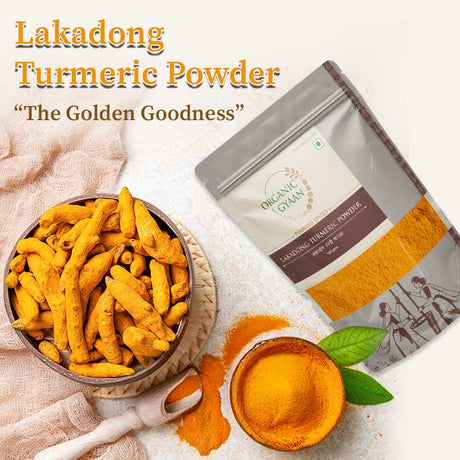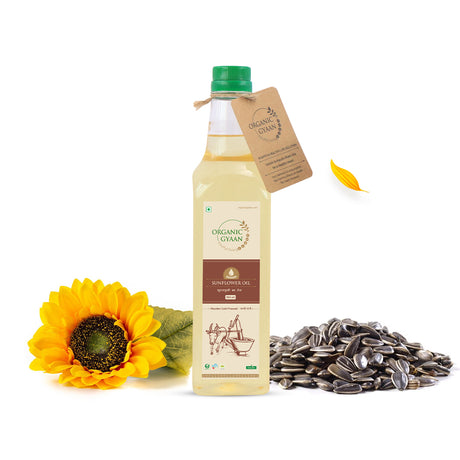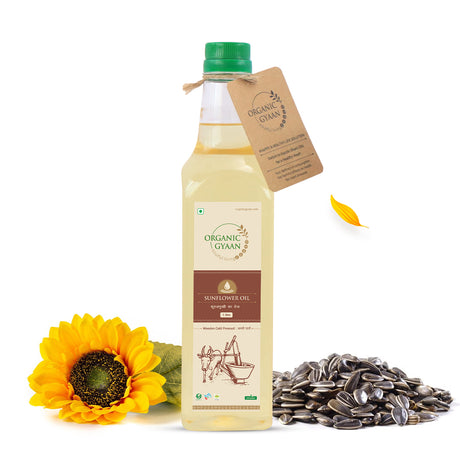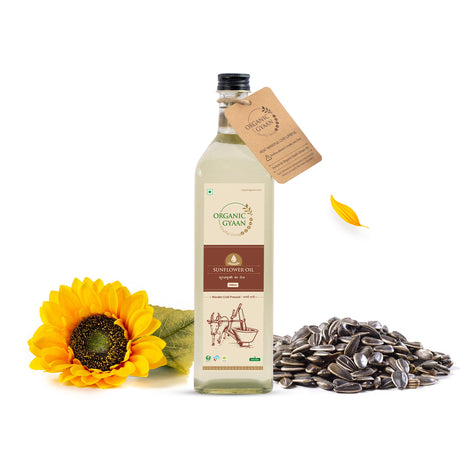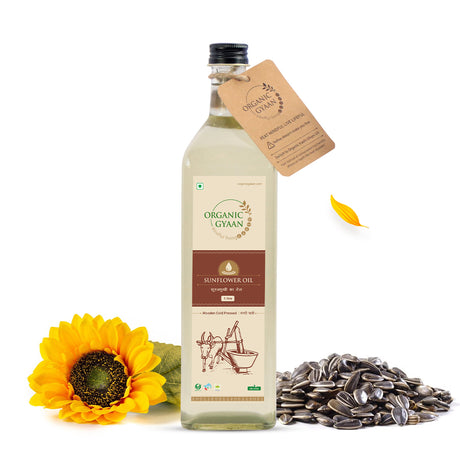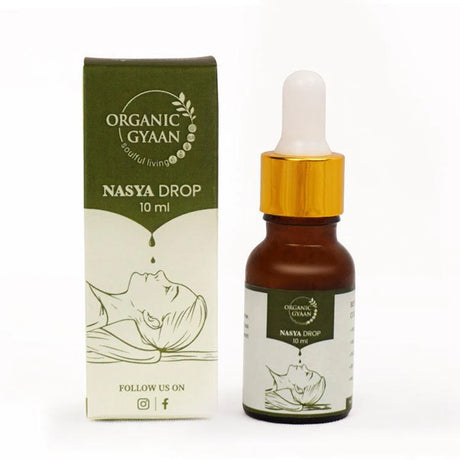Diabetes is a growing health concern across the world. But managing blood sugar doesn’t always mean turning to complicated diets or cutting out all carbs. In fact, some grains—especially ancient ones like millets for diabetes—can actually help balance blood sugar naturally.
Millets are a group of small, nutrient-rich grains that have been used in Indian and African kitchens for centuries. They’re full of fiber, easy to digest, and packed with essential nutrients. And yes, they can be incredibly beneficial for people living with diabetes.
So if you’re wondering, is millet good for diabetes? — the answer is a definite yes. Let’s explore why, and how you can easily include them in your meals.
Why Millets Are Good for Diabetes
Millets often take a backseat to more common grains like rice and wheat, but they deserve a spotlight—especially when it comes to diabetes care. Here's what makes millets for diabetes a smart choice:
1. High in Fiber – Slows Down Sugar Absorption
Millets are loaded with dietary fiber. This helps slow down digestion, which means sugar is released gradually into the bloodstream.
- No sharp sugar spikes after meals
- Keeps you feeling full for longer
- Supports steady energy levels throughout the day
For someone with diabetes, this slow release of sugar helps maintain more stable blood glucose levels. That’s one of the key advantages of millets for diabetes.
2. Complex Carbohydrates – A Steady Energy Source
Millets are made up of complex carbs, which are the “good” kind. These break down slowly and offer long-lasting energy without sugar crashes.
Unlike white rice or white bread, millets for diabetes don’t cause sudden blood sugar jumps. This makes them perfect for sustained energy and better blood sugar control.
3. Naturally Gluten-Free – Gentle on the Gut
Since millets don’t contain gluten, they’re safe for those with gluten intolerance or celiac disease. Even for people without those issues, millets are easy on digestion and suitable for everyone—including children and the elderly.
This makes people often ask: is millet good for diabetes and for sensitive digestion? Yes, absolutely.
4. Packed with Nutrients – Beyond Just Blood Sugar
Millets are more than just fiber and carbs. They also offer:
- Magnesium – helps manage blood sugar and improves insulin response
- Potassium – supports heart health and blood pressure control
- Iron and Protein – vital for energy, immunity, and muscle health
These all-round benefits make millets for diabetes not only effective for managing sugar but also for supporting overall health.
Understanding the Glycemic Index (GI) of Millets
The Glycemic Index (GI) ranks foods based on how quickly they raise blood sugar levels. Foods with a low GI are digested and absorbed slowly, helping to maintain stable glucose levels—especially important for diabetes management.
GI Levels of Siridhanya Millets
✅ Low to Medium GI (Ideal for Diabetes):
- Foxtail Millet (Kangni)
- Kodo Millet (Kodon)
- Little Millet (Kutki)
- Barnyard Millet (Sanwa)
- Browntop Millet (Korale)
These are collectively known as Siridhanya Millets—ancient, healing grains that are specifically recommended for managing chronic conditions like diabetes. They are high in fiber, packed with essential micronutrients, and have a naturally low glycemic response.
For optimal blood sugar balance, stick to these Siridhanya millets. People often ask, is millet good for diabetes across all varieties? The answer is yes—but Siridhanya millets stand out as the most effective, thanks to their superior nutritional profile and GI ratings.
Millets vs. Other Whole Grains
When you compare millets for diabetes to other grains, especially those common in modern diets, they often come out ahead—especially for people managing blood sugar:
1. More Fiber Than Rice and Refined Wheat
Fiber is key to managing sugar and keeping digestion smooth. Millets naturally have more fiber than white rice or refined flour, helping with both.
2. Lower Glycemic Index Than White Rice or Bread
Millets raise blood sugar slowly, unlike white rice or bread, which can cause sudden spikes. That makes millets for diabetes a safer and more effective option.
3. Steady Energy Without Crashes
Because they release energy slowly, millets help keep you full and energized longer—without the ups and downs that come with refined carbs.
4. Easy to Use and Culturally Familiar
Millets are part of many traditional Indian dishes. They’re easy to cook and fit right into recipes like ambali, roti, khichdi, dosa, or porridge. You don’t have to change your cooking style—just swap out the base grain.
How to Include Millets in a Diabetes-Friendly Diet
Adding millets for diabetes into your meals is simple and rewarding. Here are a few easy and tasty ways to bring them into your everyday routine:
1. Ambali (Fermented Millet Drink)
Ambali is a traditional fermented drink made from millet that supports digestion and helps with blood sugar control. It’s refreshing and gentle on the stomach—making it a great daily addition for people with diabetes.
2. Breakfast Porridge
Start your day with a warm bowl of millet porridge. It’s soothing, light, and can be made sweet or savory.
3. Roti or Bhakri
Make soft, fiber-rich flatbreads using millet flour. They go well with vegetables, dals, or chutneys and make for a filling meal.
4. Khichdi or Upma
Use millets instead of rice or semolina in these classic one-pot dishes. Add veggies and spices for a nourishing, balanced meal.
5. Millet Dosa or Idli
Millet-based dosas and idlis are gluten-free, light, and easy on the stomach—perfect for breakfast or dinner.
6. Healthy Millet Snacks
You can enjoy guilt-free snacks like millet laddus, baked millet crackers, or dry roasted millet mix. These keep you full without causing sugar spikes.
Final Thoughts: Embrace Millets for Better Diabetes Management
If you’re managing diabetes and looking for healthier food options, millets for diabetes are a smart, natural choice. They’re packed with fiber, nutrients, and complex carbs that help:
- Lower blood sugar levels
- Keep energy steady
- Support digestion and fullness
- Nourish the body with essential minerals
Still wondering, is millet good for diabetes? With all these benefits, the answer is clear.
The best part? You don’t have to overhaul your diet. Just start by swapping one meal or snack a day with millet—and watch how your body responds. You might be surprised at how balanced and energized you feel.




